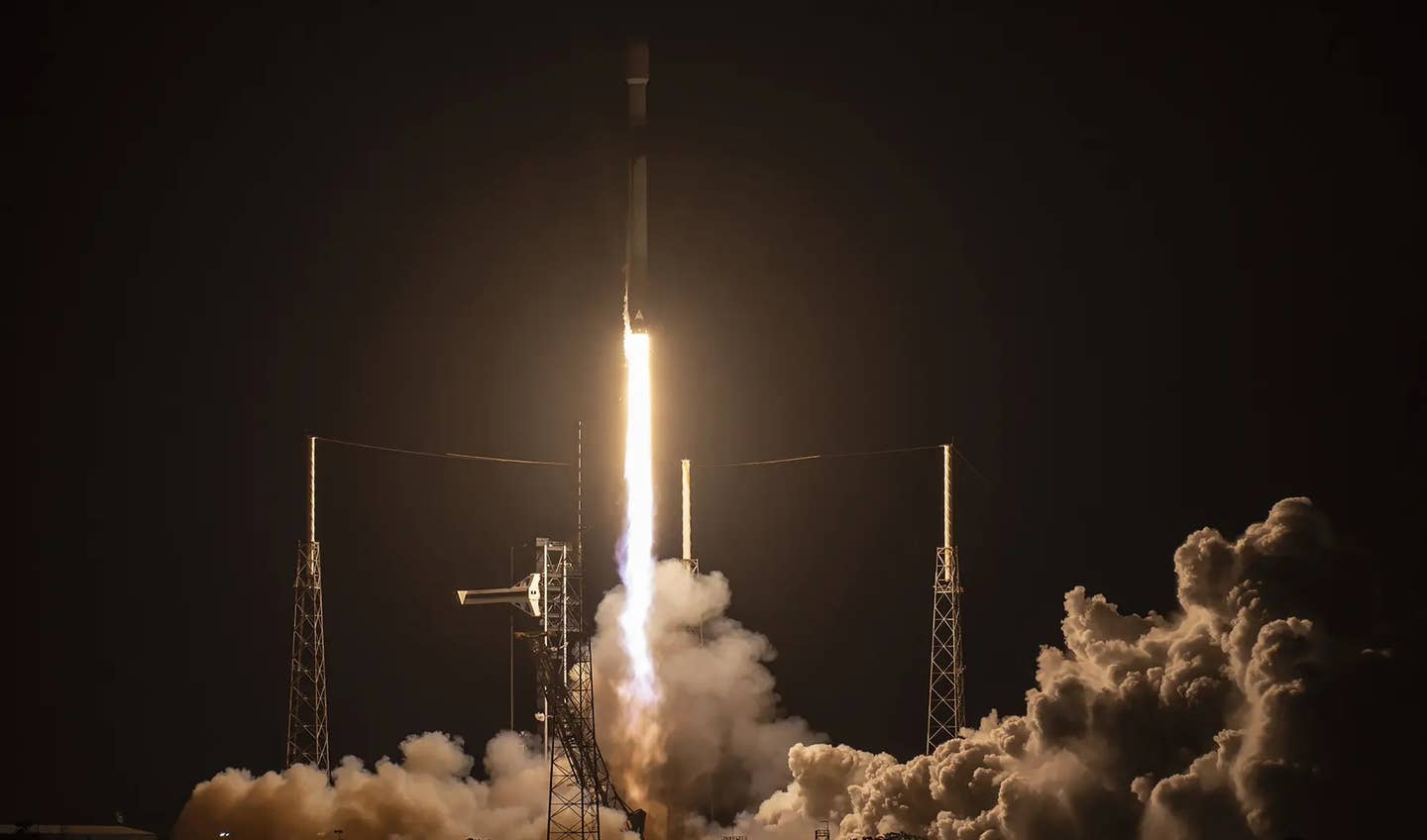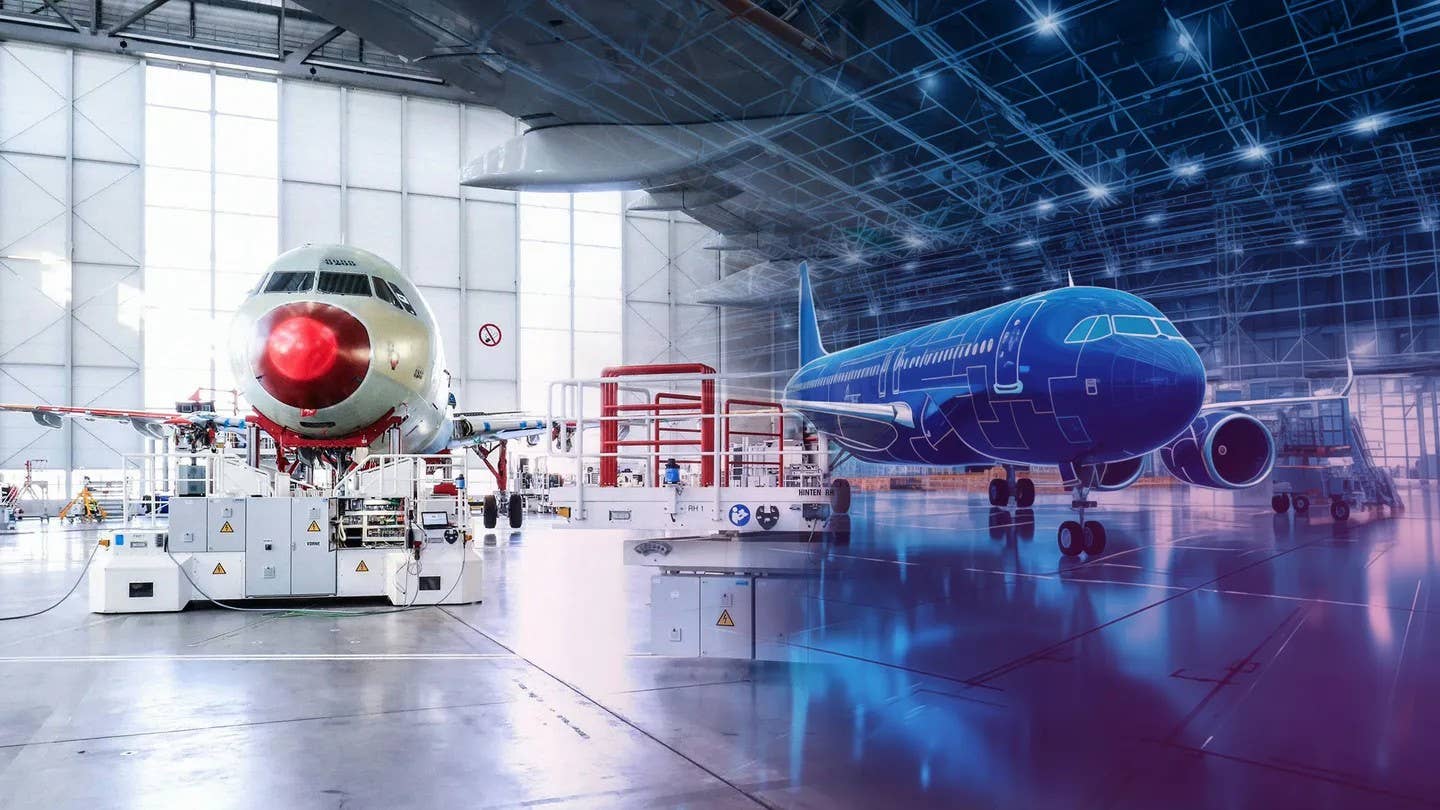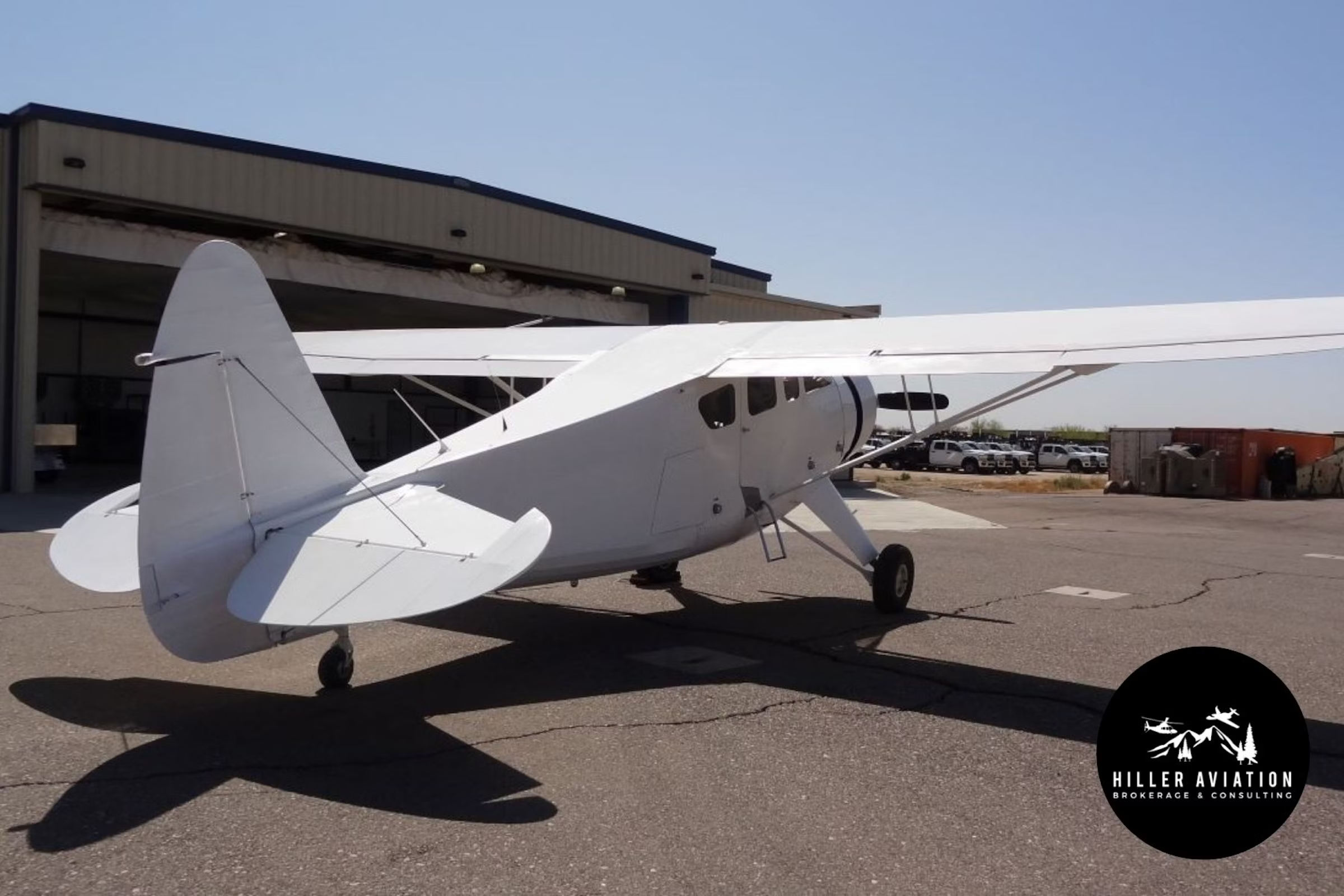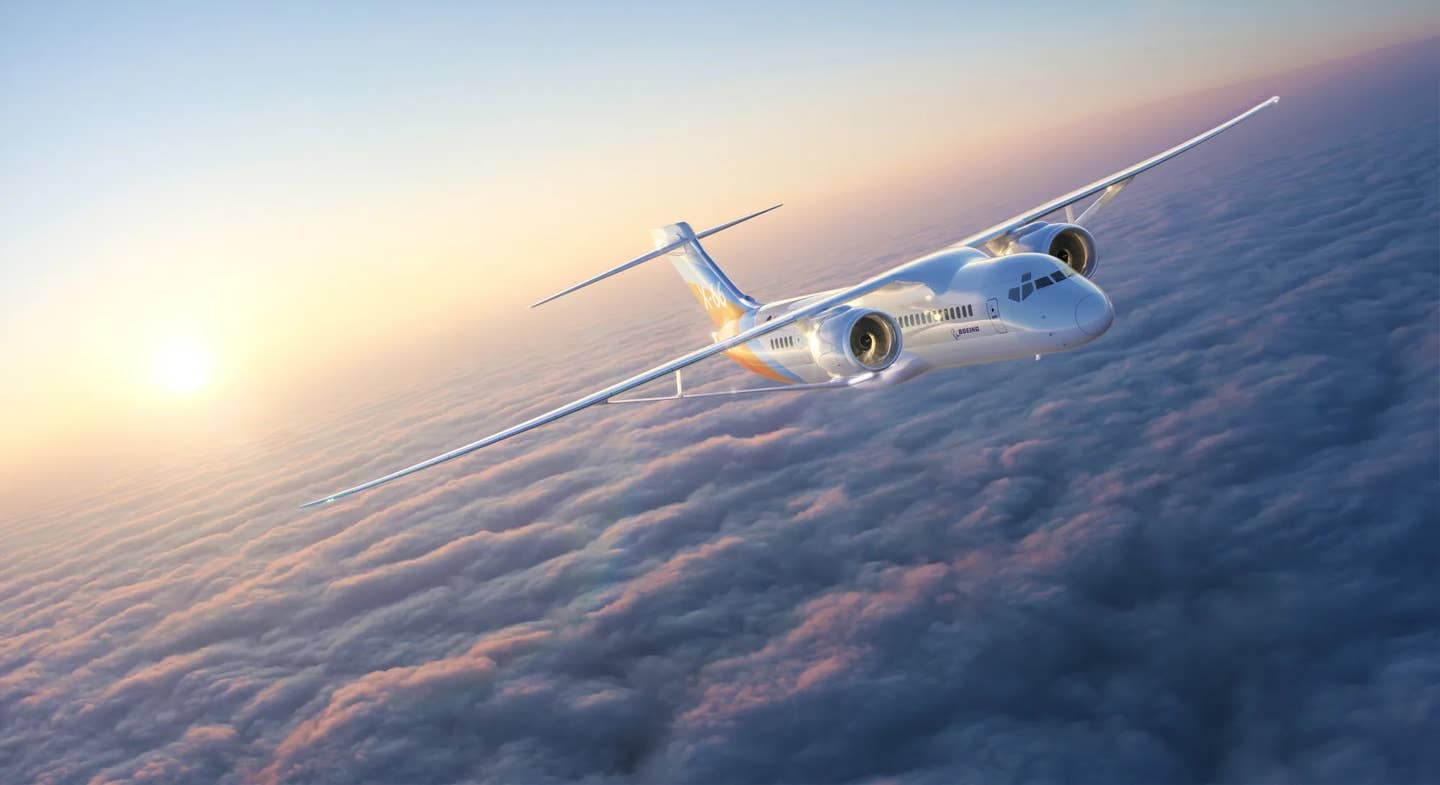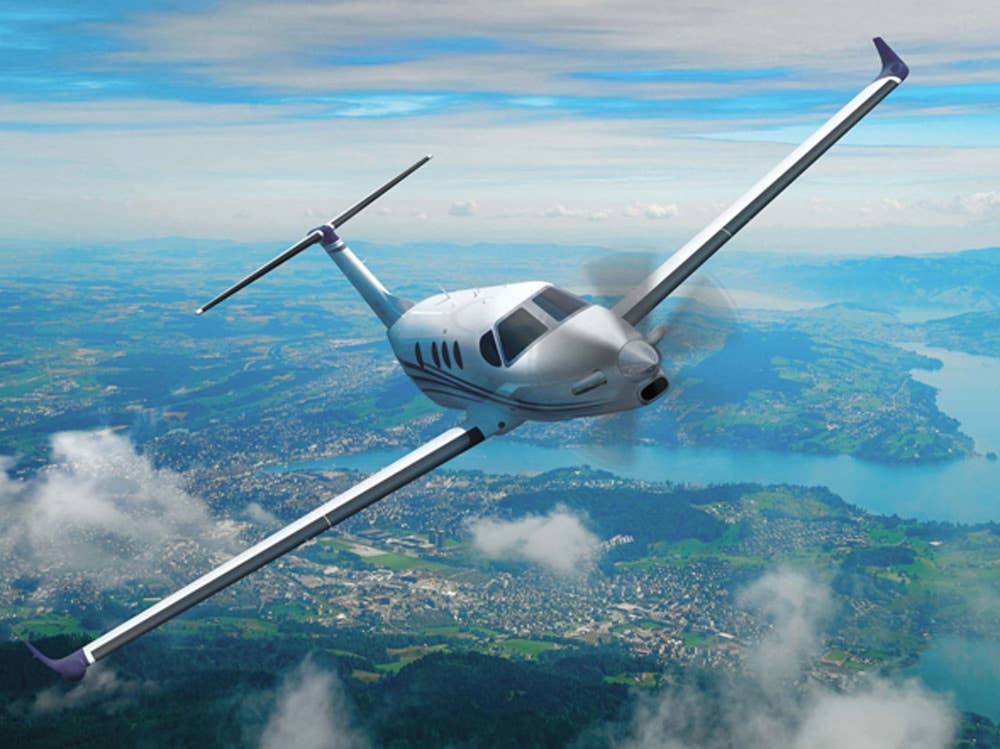
Cessna’s new Denali single-engine turboprop will carry as many as 9 people. Courtesy Textron Aviation
Textron Aviation last week told audiences at the European Aviation Business Convention and Exhibition in Geneva that the prototype for Cessna's Denali single-engine turboprop is nearing completion, as are the first two flight and ground test aircraft. The prototype and the first two production conforming aircraft will be used in the flight test program set to begin later this year, while the three ground test articles will be used for the company's airframe static and fatigue tests, and for cabin interior development and testing.
In preparation for the first flight, the company also recently completed component integration for the Denali’s iron bird, a full systems simulator test rig laid out in the configuration and size of the actual aircraft. The test rig incorporates the design of the aircraft’s avionics, electrical and engine control systems, then positions them in a framework that makes the systems easy to access during testing. The iron bird plays an important role in testing the Denali’s Full Authority Digital Engine Control (FADEC), which controls both engine power and propeller pitch with a single lever.
Additionally, GE Aviation announced it has successfully achieved full power and max RPM with the new 1300 shp Catalyst engine and the state-of-the-art 105-inch, McCauley composite propeller at its facility in Prague where it has completed more than 1,000 hours of testing on three test articles. The engine and propeller demonstrated the full range of pitch using a FADEC with integrated propeller control. Initial altitude chamber testing was completed this month validating the engine performance.
Denali’s design will convert between passenger and cargo configurations. The executive seating configuration accommodates six individual reclining seats, club-configuration tables and a refreshment unit, while the commuter layout offers nine forward-facing seats. The Denali’s digital pressurization system will be capable of holding a 6,130-foot cabin altitude at a service ceiling of 31,000 feet.

Sign-up for newsletters & special offers!
Get the latest FLYING stories & special offers delivered directly to your inbox

